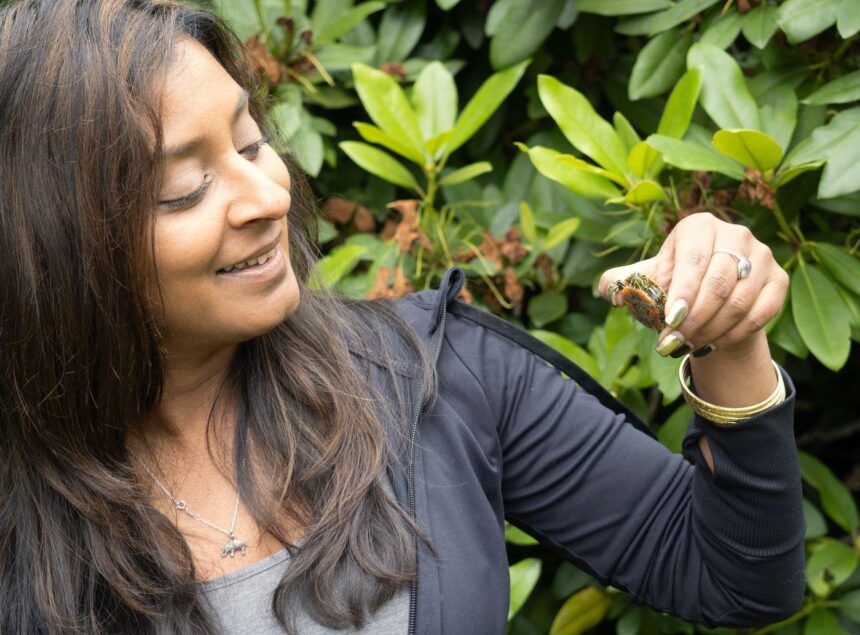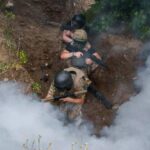In the tranquil wetlands of British Columbia’s interior, a decade-long conservation effort is gradually turning the tide for the province’s only native turtle species. The Western Painted Turtle, with its distinctive red-patterned underbelly and olive-green shell, has faced a perfect storm of threats that pushed local populations to the brink of extinction. After ten years of dedicated intervention, wildlife biologists are cautiously celebrating what appears to be a conservation success story in the making.
“We’re seeing encouraging signs of recovery in several key habitats,” explains Dr. Melissa Thompson, lead biologist with the BC Turtle Recovery Network. “When we began monitoring in 2015, some sites had fewer than five reproductive females. Today, those same locations are supporting upwards of thirty breeding adults and consistent annual hatchling survival.”
The Western Painted Turtle, once abundant throughout BC’s southern interior wetlands, experienced a dramatic population decline starting in the early 2000s. Habitat loss from urban development, road mortality, and predation by introduced species created a perfect storm that threatened to eliminate this culturally and ecologically significant species from the province’s biodiversity.
What makes this conservation effort particularly noteworthy is its comprehensive approach. Rather than focusing solely on breeding programs, the initiative addresses multiple pressure points simultaneously. Researchers have constructed specialized nesting beaches in strategic locations, installed highway underpasses to reduce road fatalities, and engaged local communities as conservation partners.
The program’s success hinges on a delicate balance between scientific intervention and natural processes. At the Creston Valley Wildlife Management Area, for example, conservationists protect nests with predator-proof enclosures while still allowing hatchlings to make their own way to water bodies—a critical journey that imprints natal sites and establishes migration patterns.
“These turtles can live up to 50 years in the wild, but they’re exceptionally vulnerable in their first year of life,” notes Jamie Carson, habitat restoration specialist with CO24 News. “Our data shows that protecting nests and creating safe migration corridors has increased hatchling survival rates by nearly 300% since 2018.”
The project has also revealed surprising aspects of turtle ecology. Researchers discovered that Western Painted Turtles demonstrate remarkable site fidelity, returning to the same nesting areas year after year despite environmental changes. This behavior has both complicated and informed conservation strategies, particularly when historical nesting sites become compromised by development.
Beyond the ecological benefits, the turtle recovery effort has generated significant economic advantages for Canada. Local eco-tourism has flourished around several restoration sites, with guided viewing opportunities generating an estimated $2.3 million annually for communities like Oliver and Osoyoos.
Indigenous partnerships form another crucial dimension of the conservation work. The Okanagan Nation Alliance has incorporated traditional ecological knowledge into habitat management practices, while offering cultural context for the species’ importance in the region’s natural heritage.
“The painted turtle has always been a teacher in our stories,” explains Elder Raymond Pierrepoint. “It shows us how to move between worlds—land and water—and reminds us that patience and persistence overcome most challenges.”
Despite the encouraging progress, significant hurdles remain. Climate change poses perhaps the most unpredictable threat, as shifting precipitation patterns alter wetland hydrology and increasingly extreme temperatures potentially disrupt the temperature-dependent sex determination of turtle eggs.
The project’s next phase will focus on genetic diversity management and expanding habitat connectivity between recovering populations. Conservation geneticists have already begun mapping genetic profiles across different watersheds to ensure population resilience through strategic translocations where necessary.
As this remarkable reptile stages its comeback in British Columbia’s wetlands, the project offers valuable lessons for wildlife recovery efforts globally. The slow but steady progress mirrors the turtle’s own methodical approach to life—a reminder that conservation, like evolution, often rewards persistence over speed.
How might the success of this focused, multi-faceted conservation approach inform our strategies for protecting other at-risk species as climate change continues to reshape our natural world?























